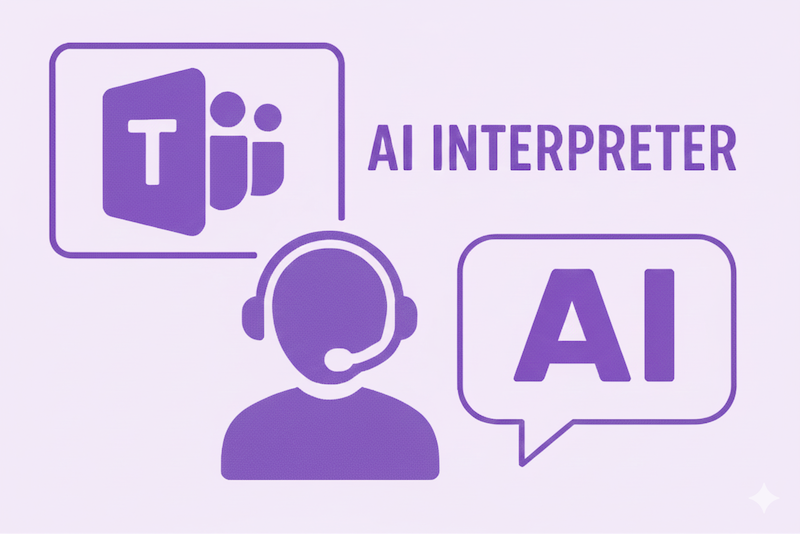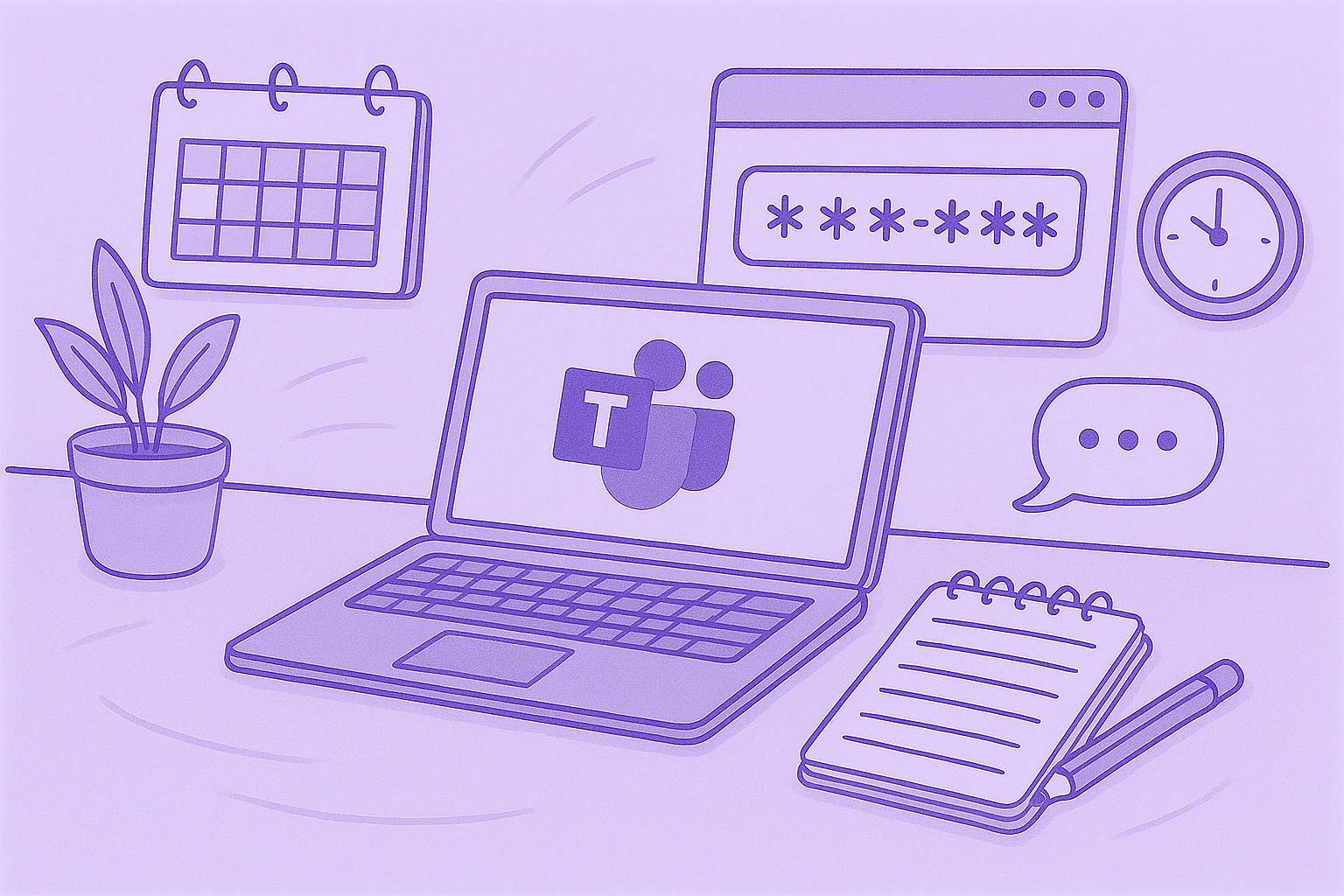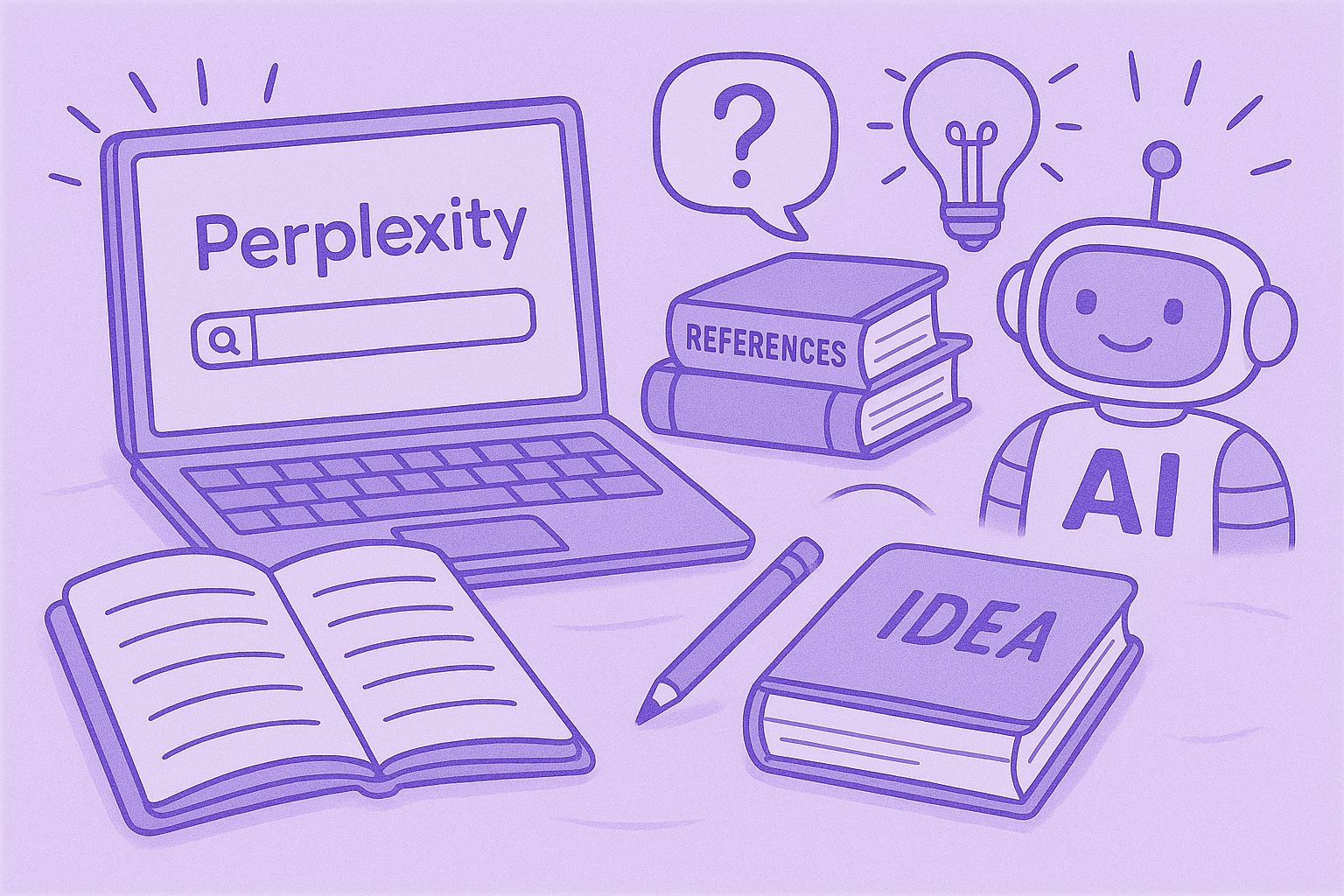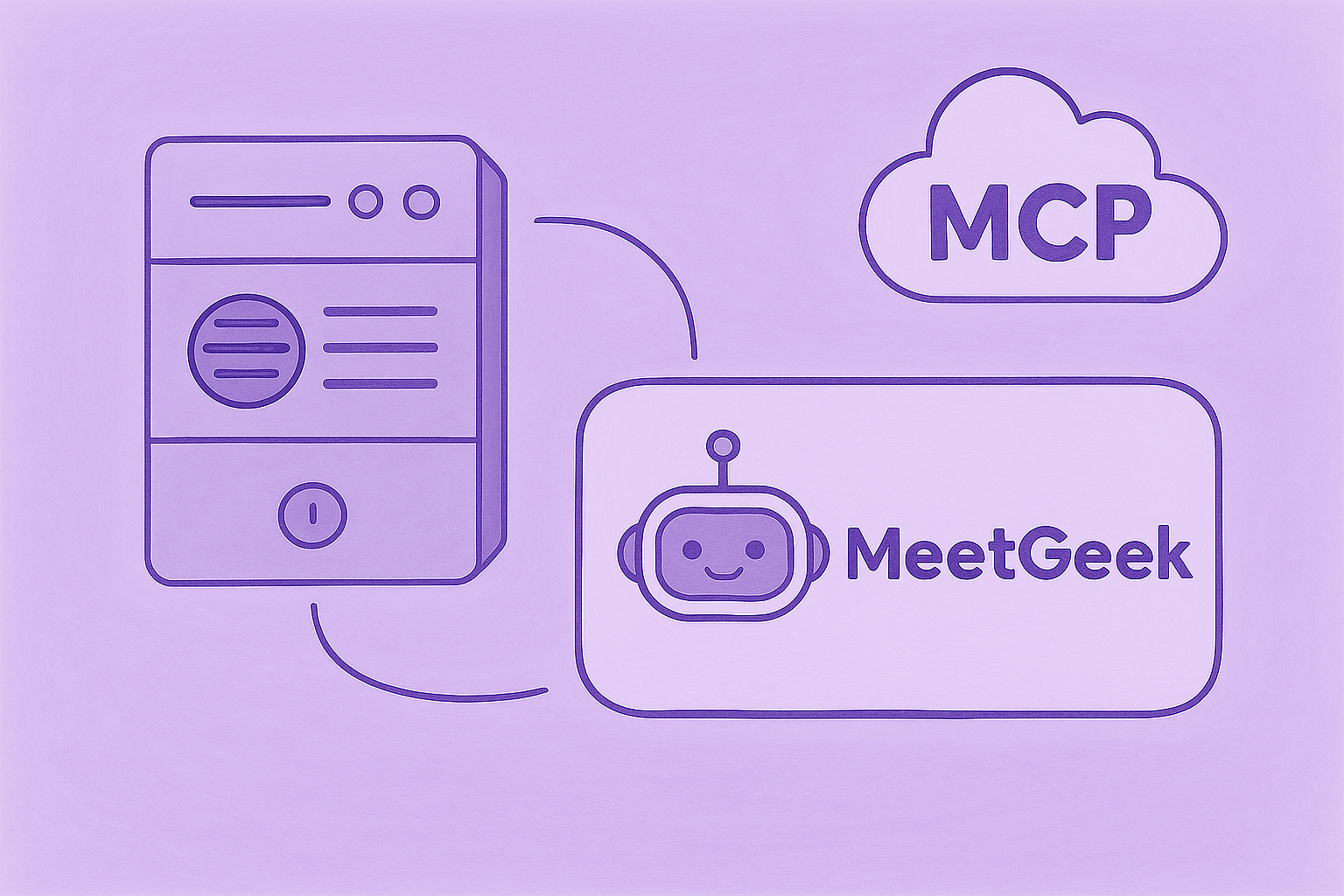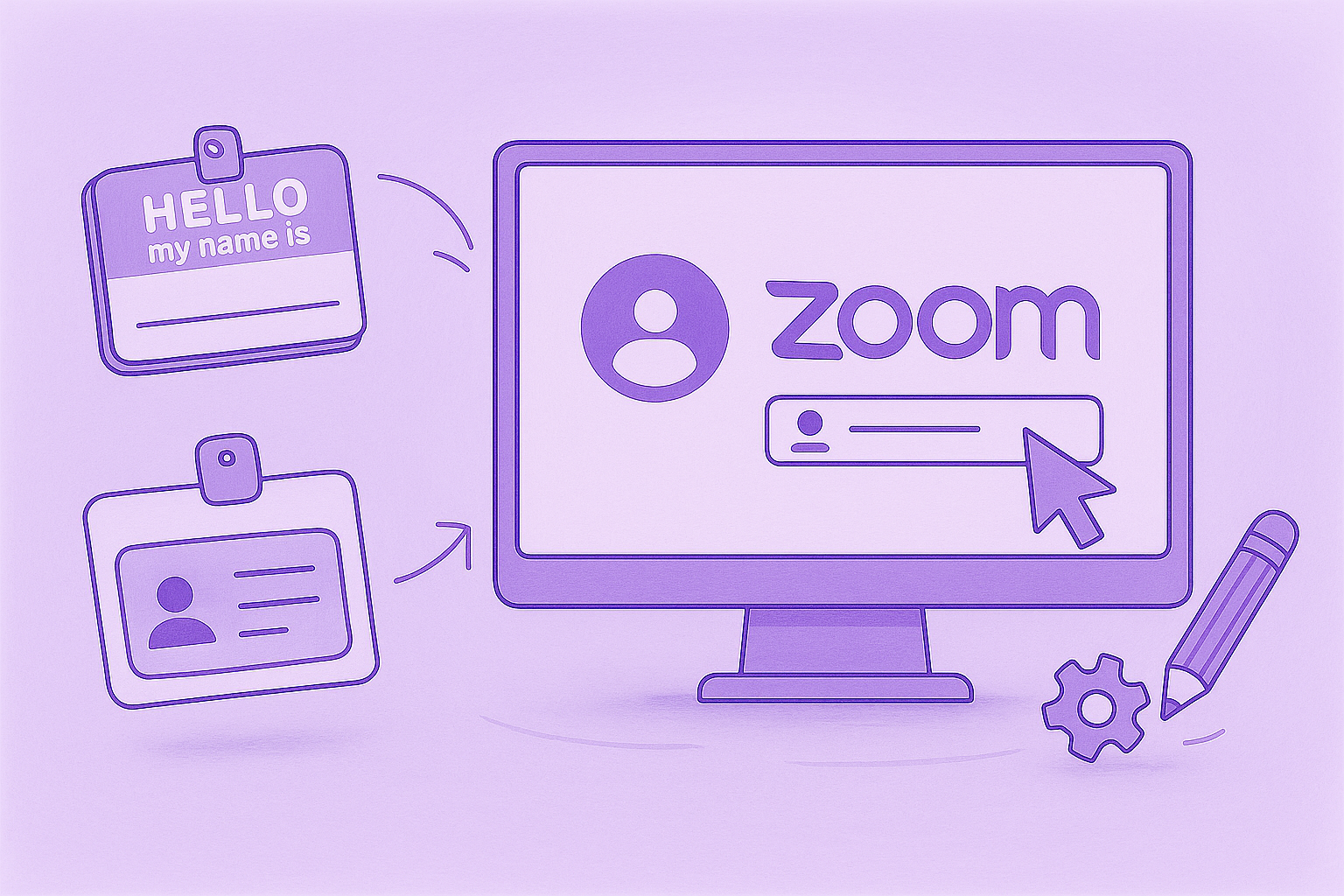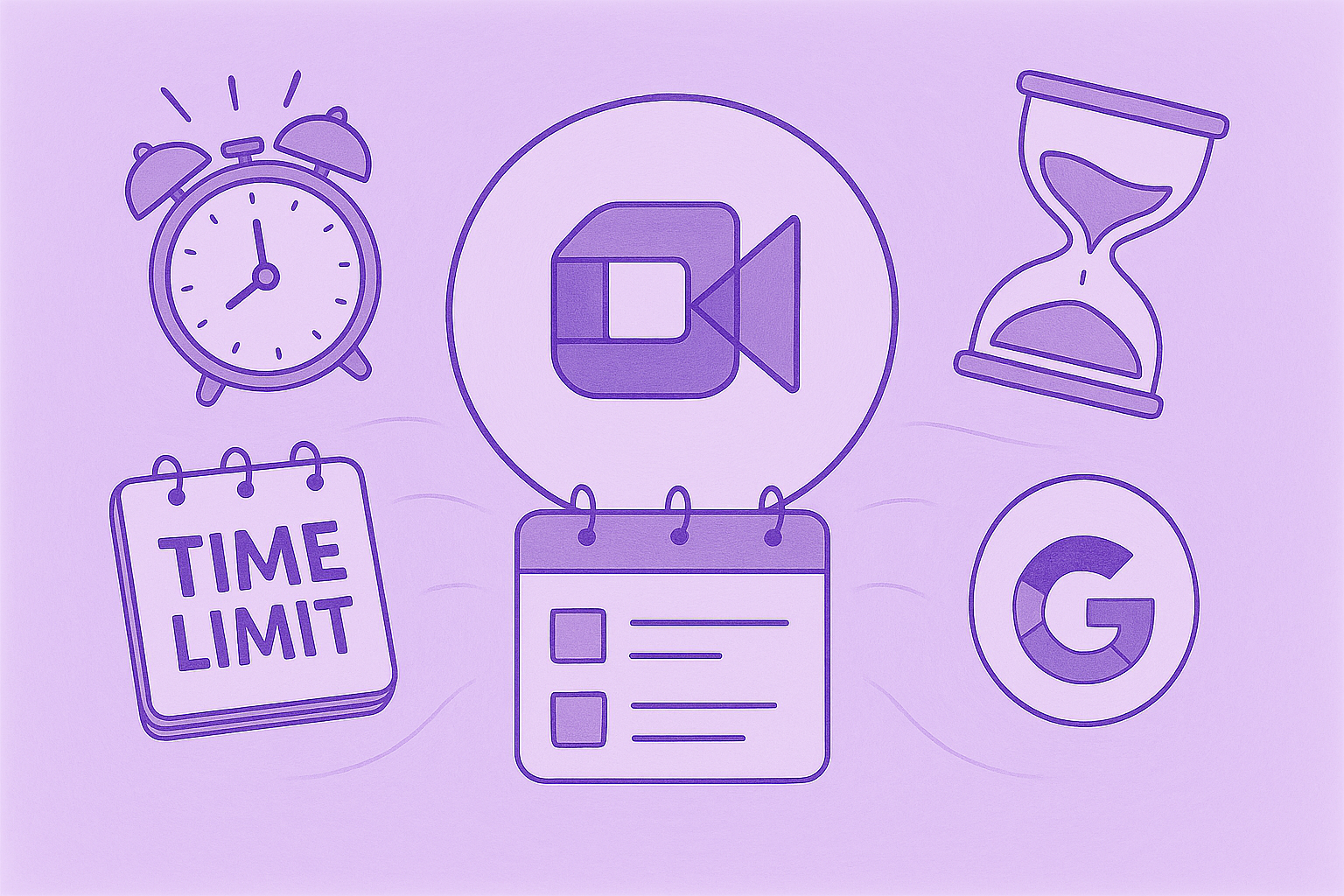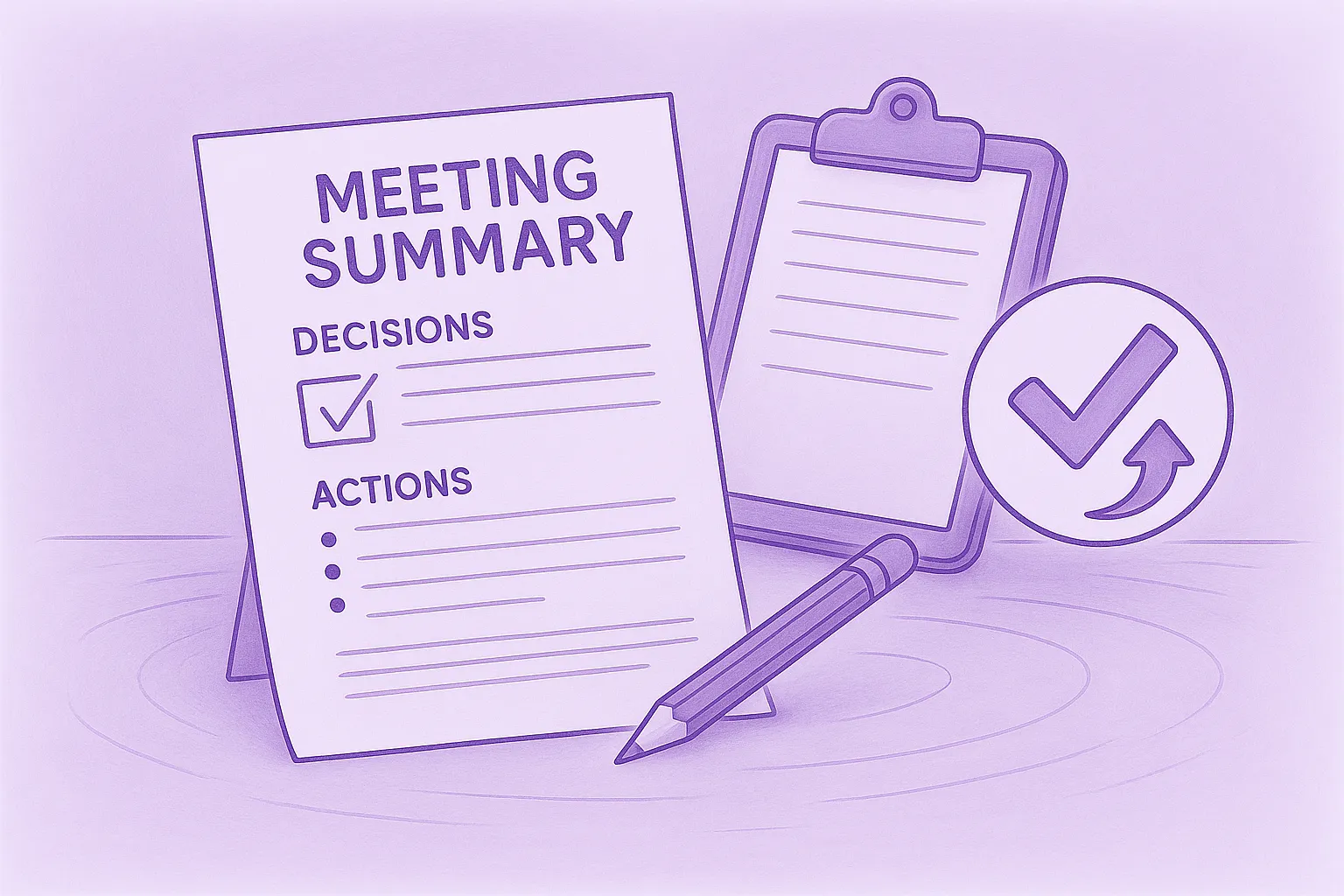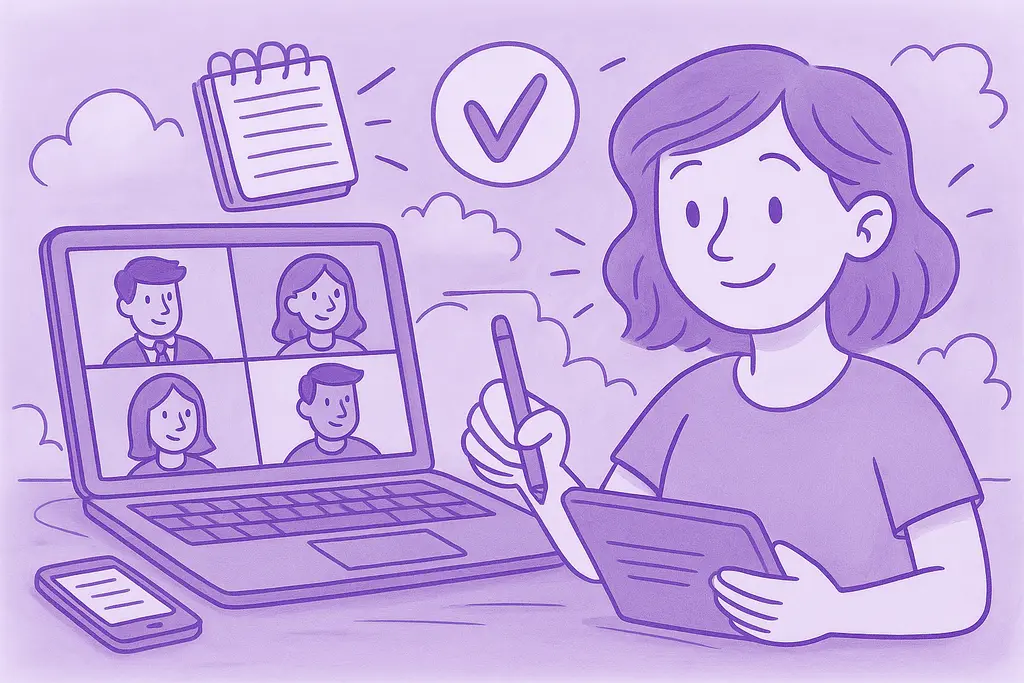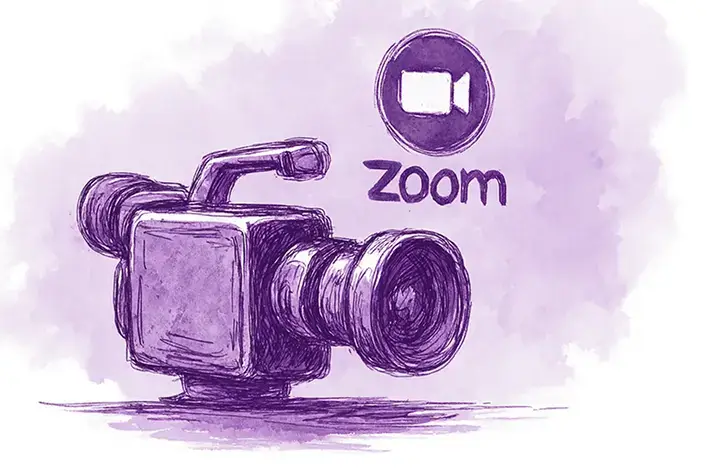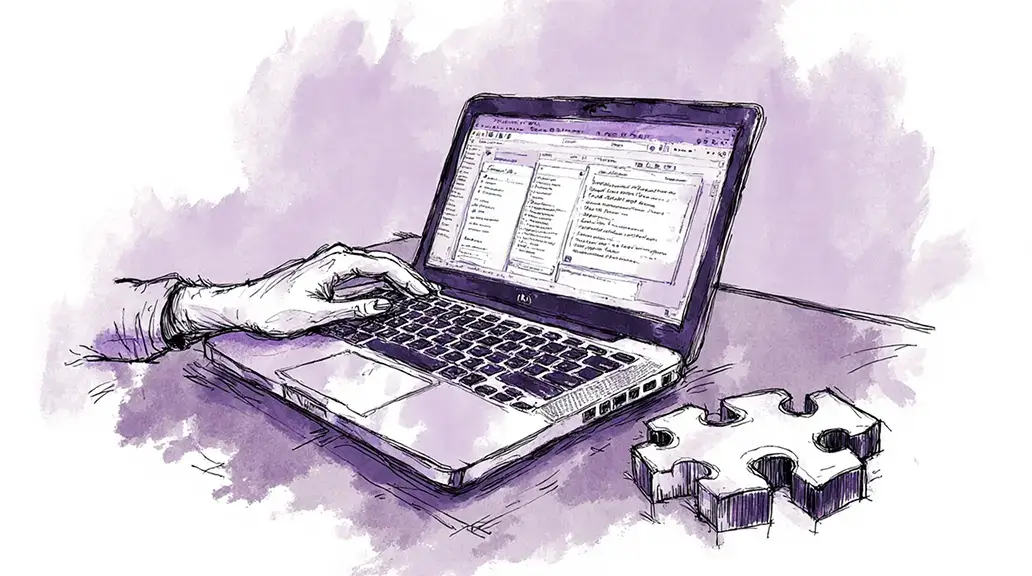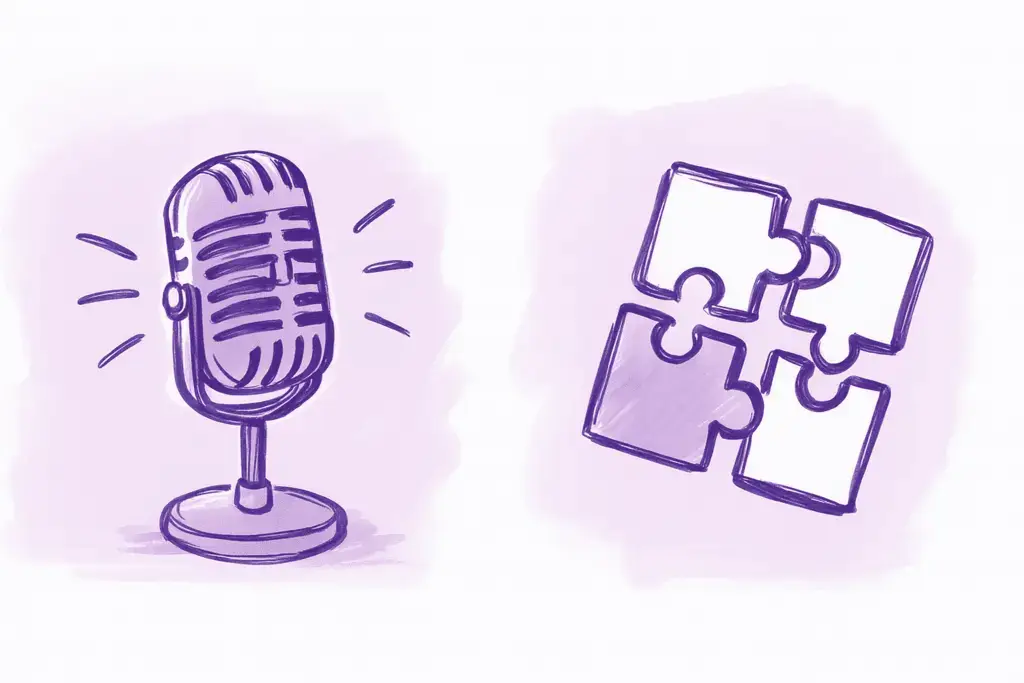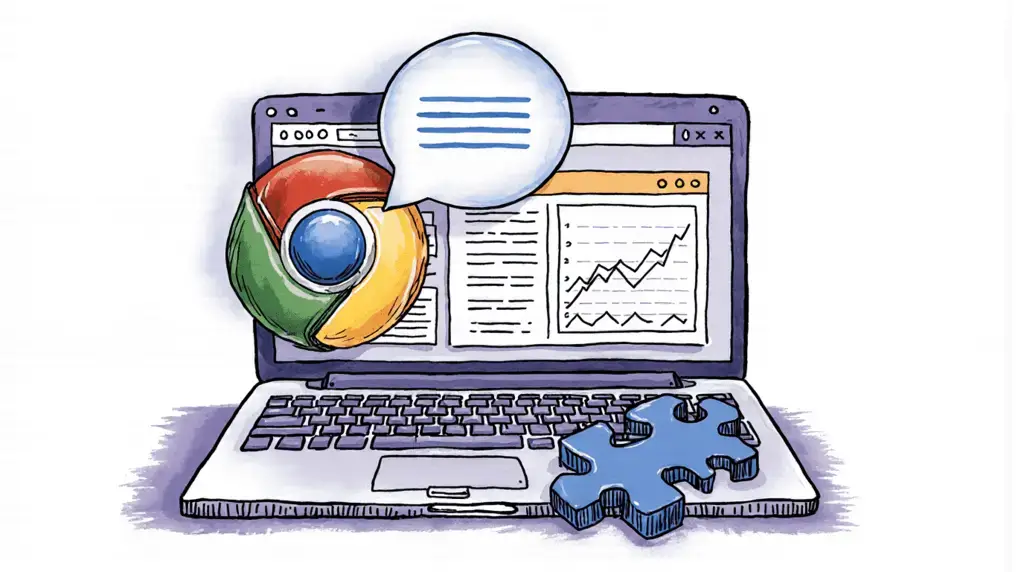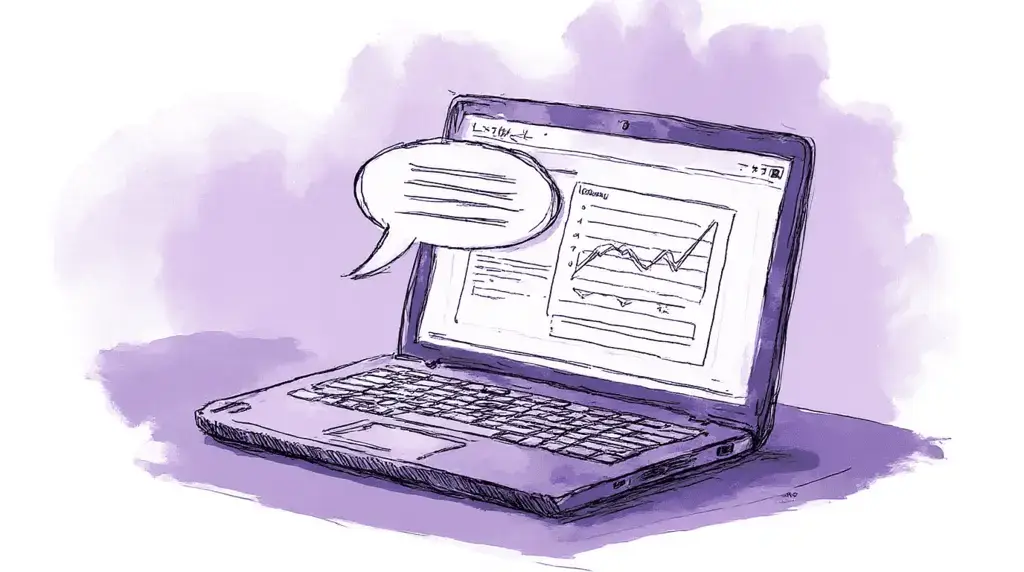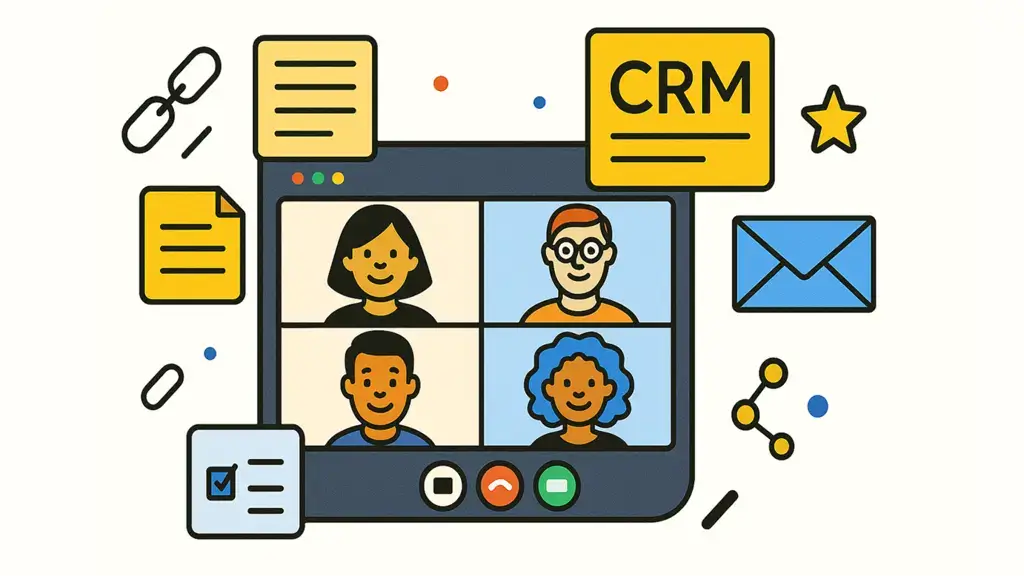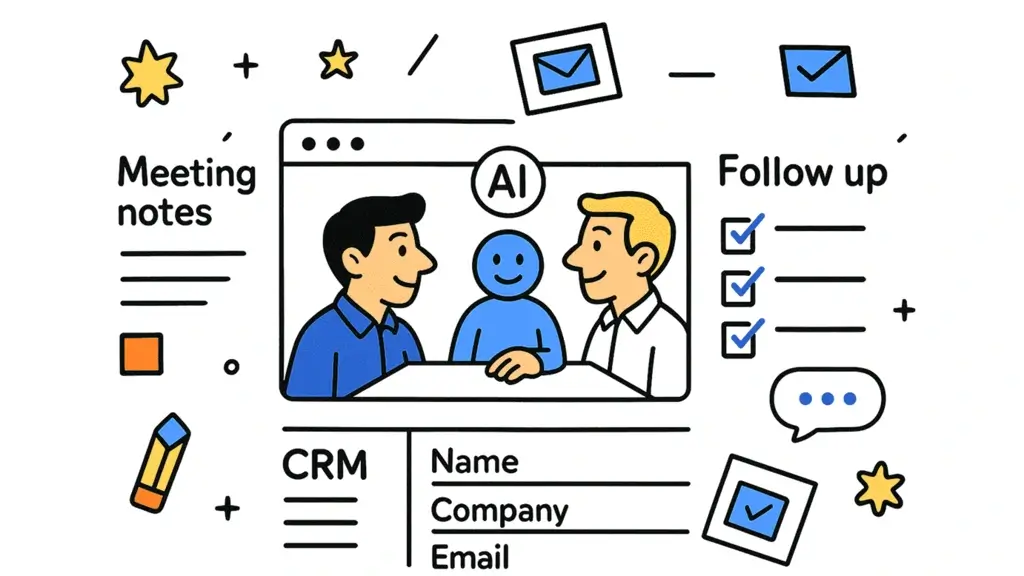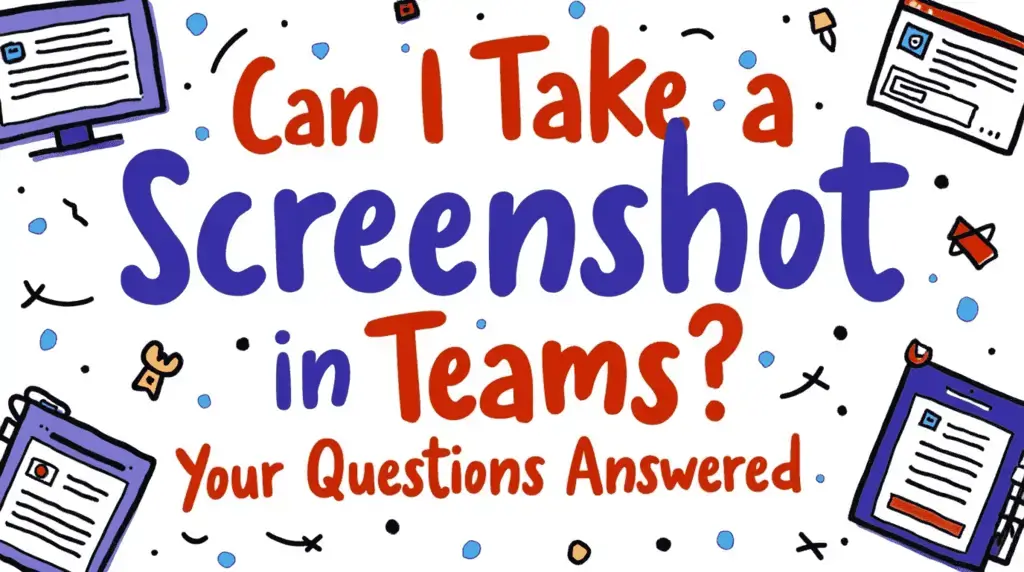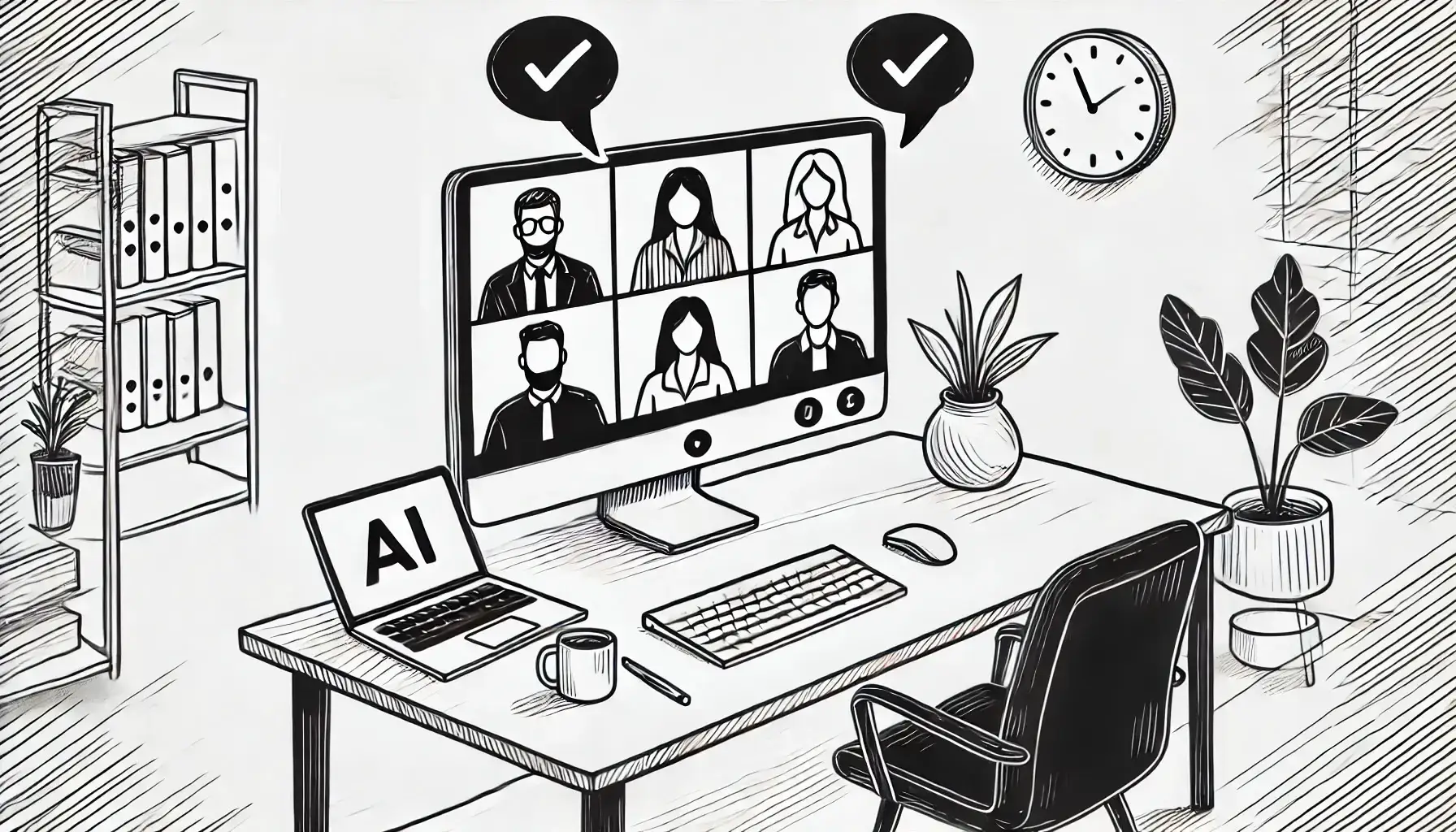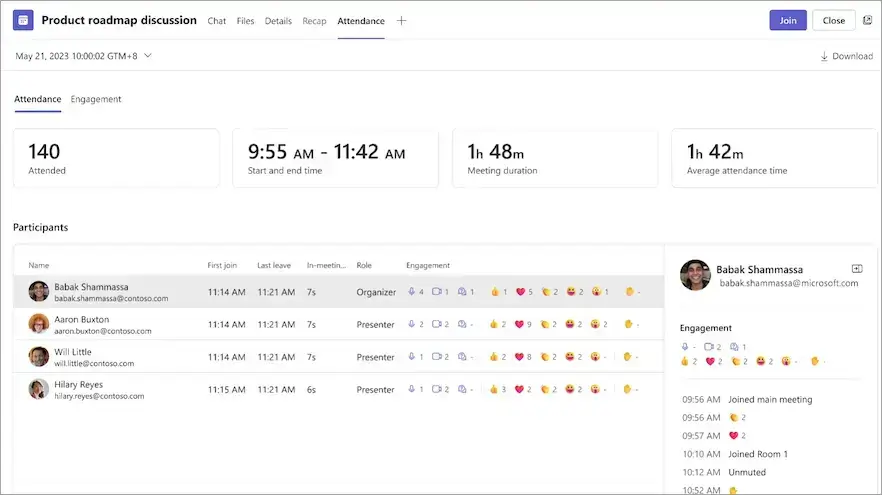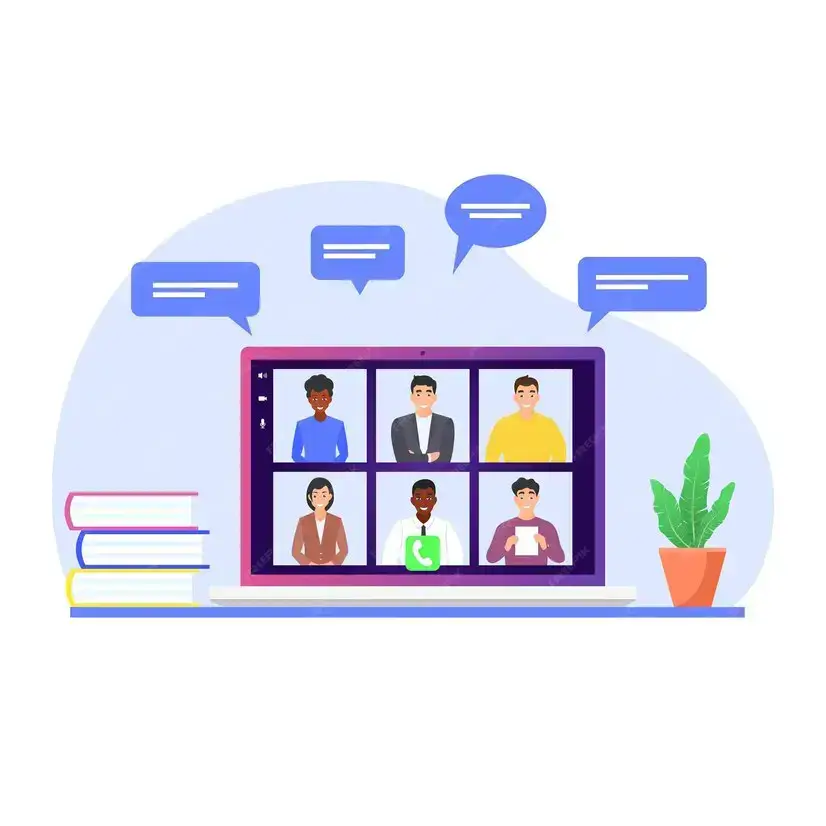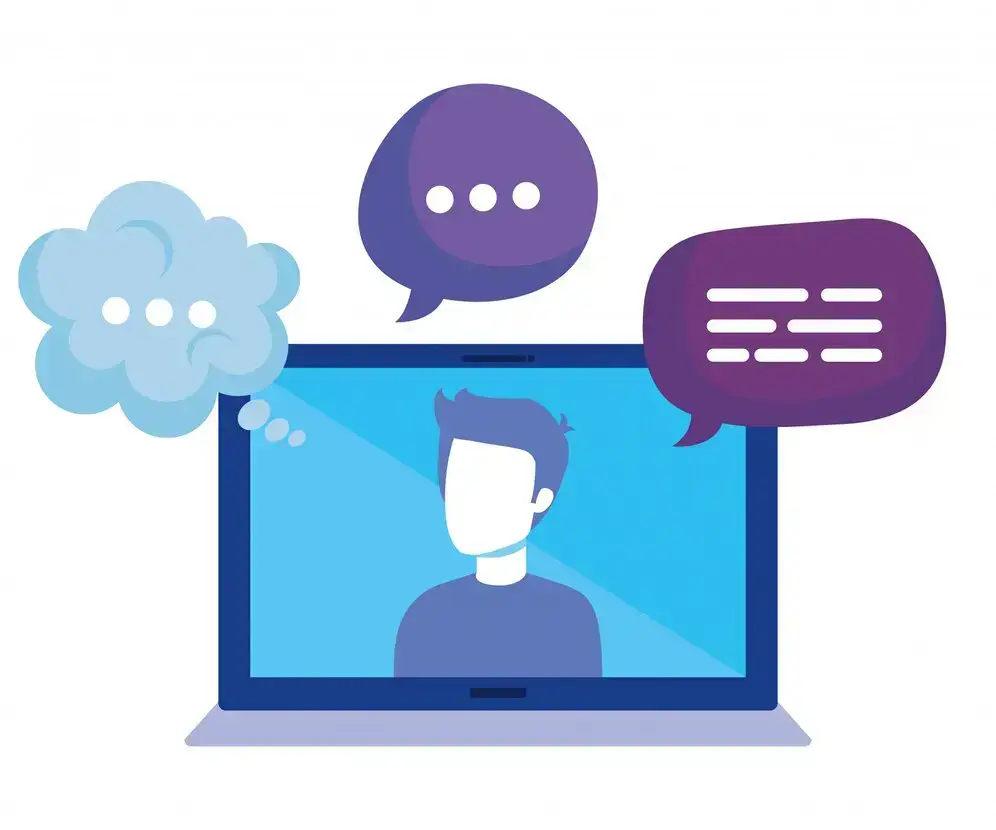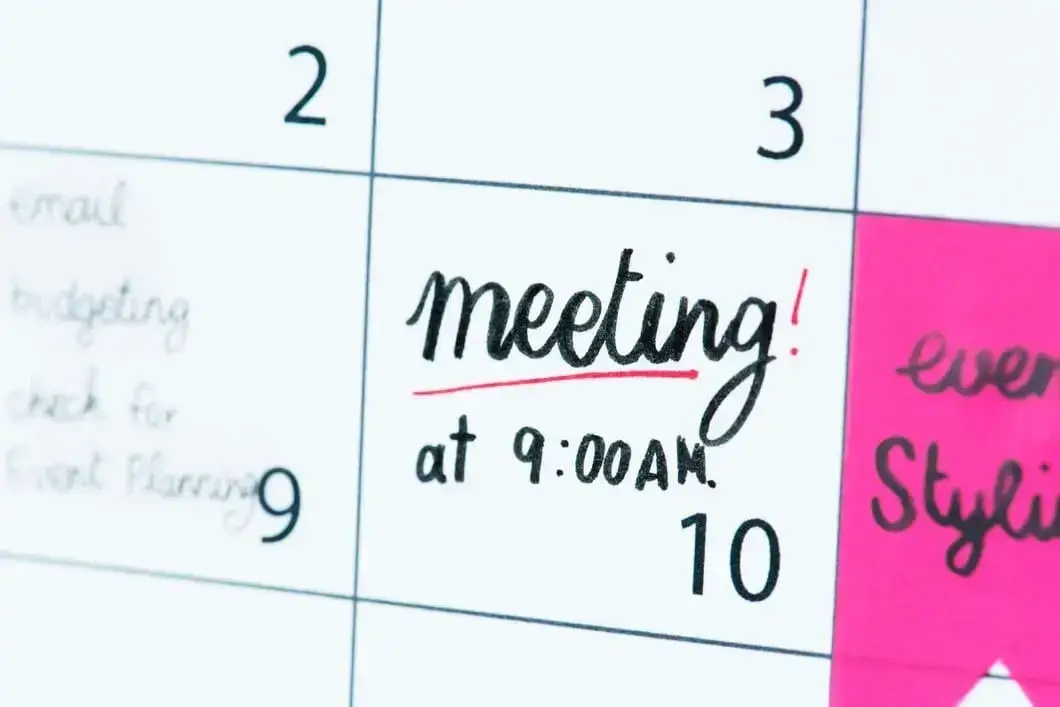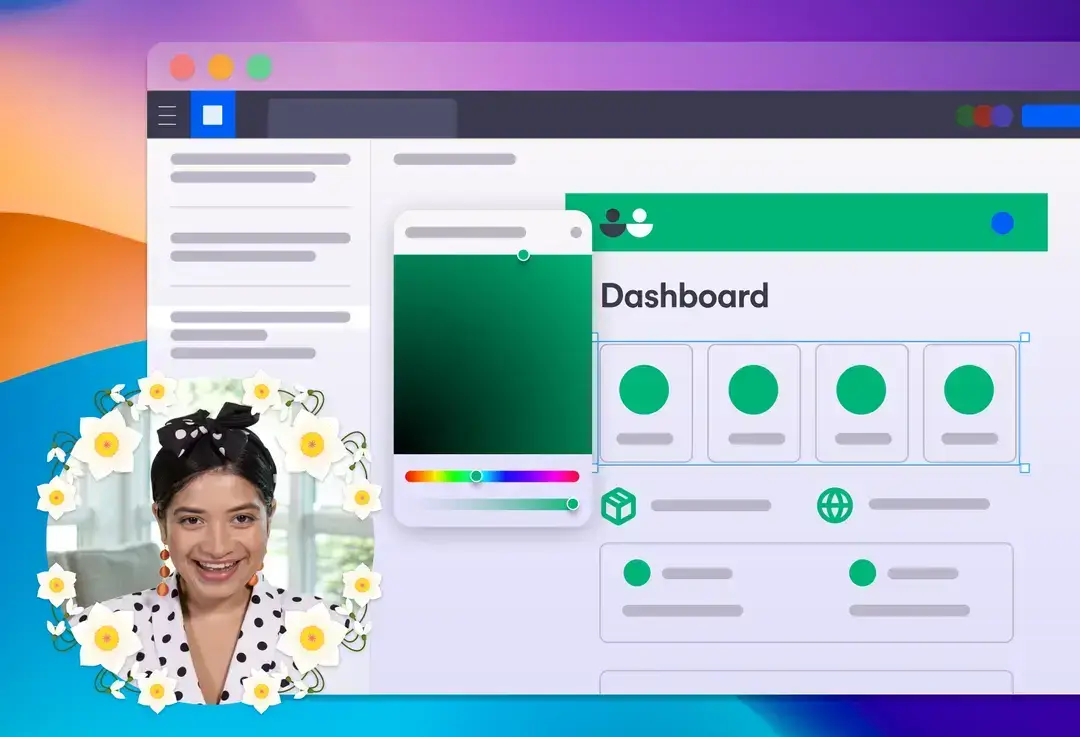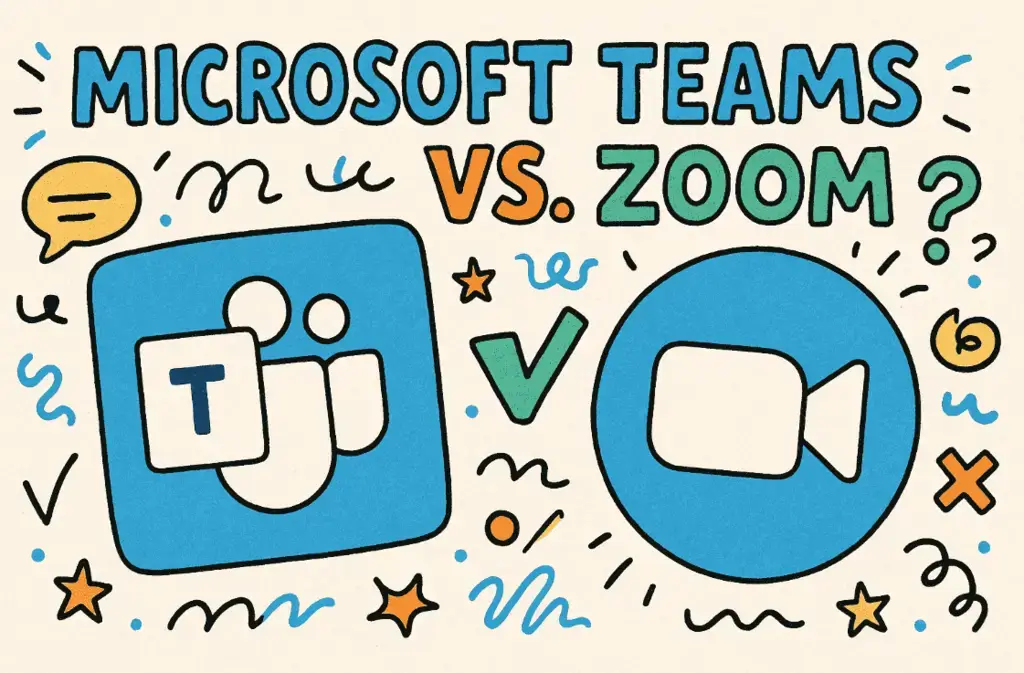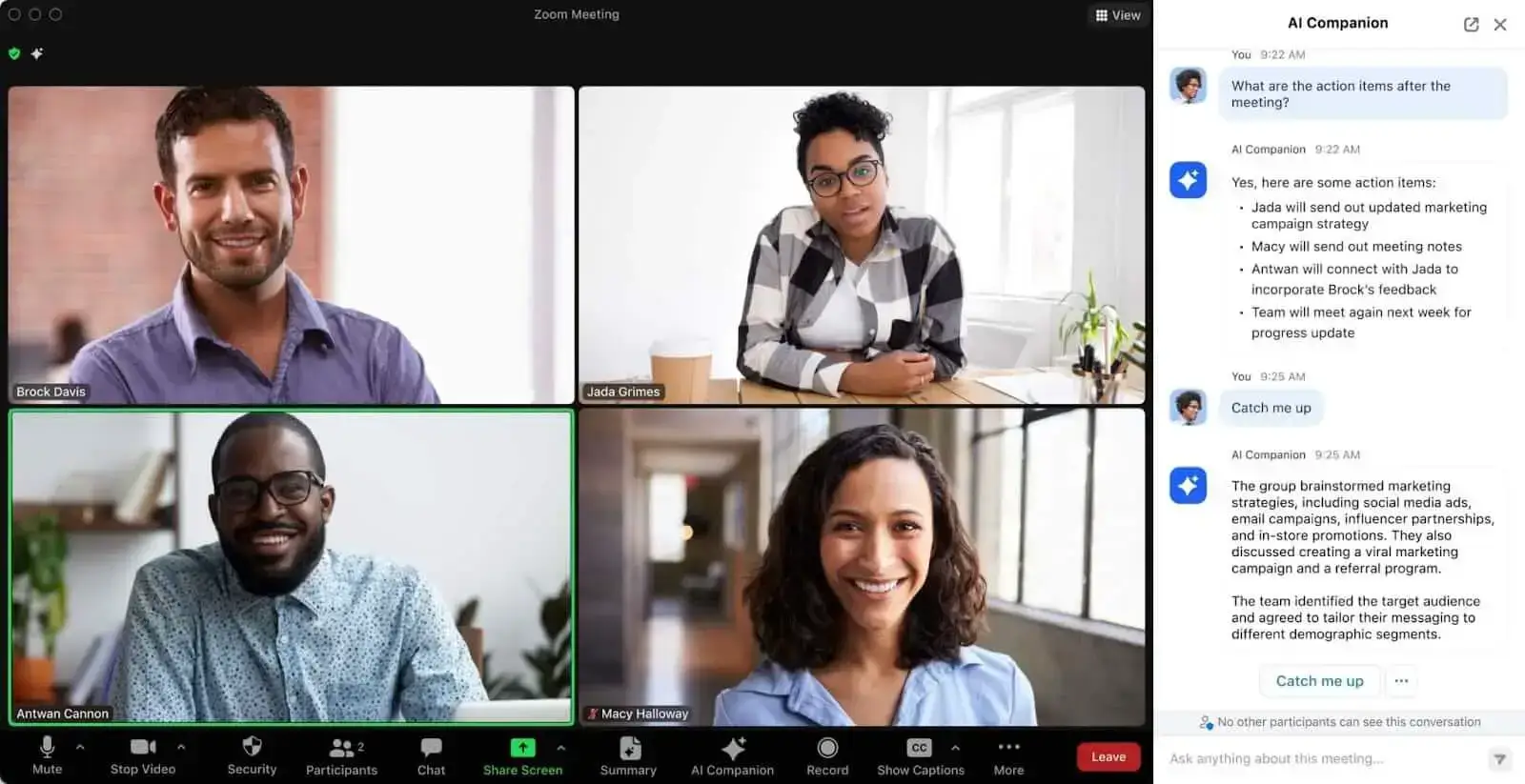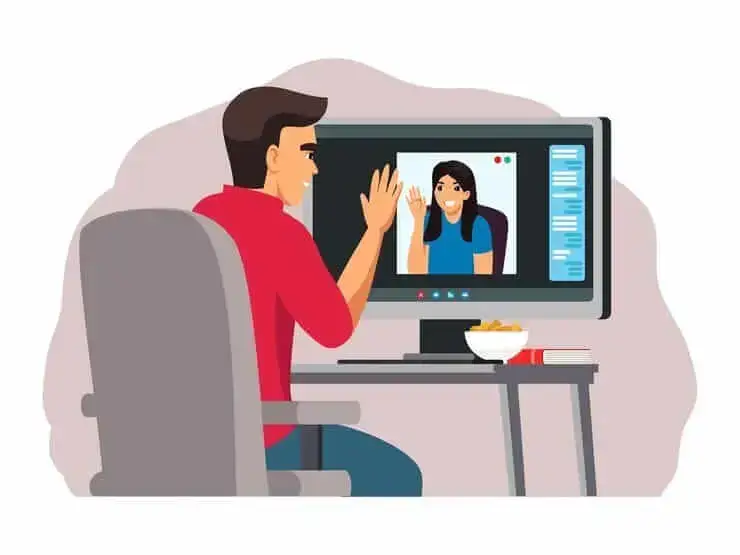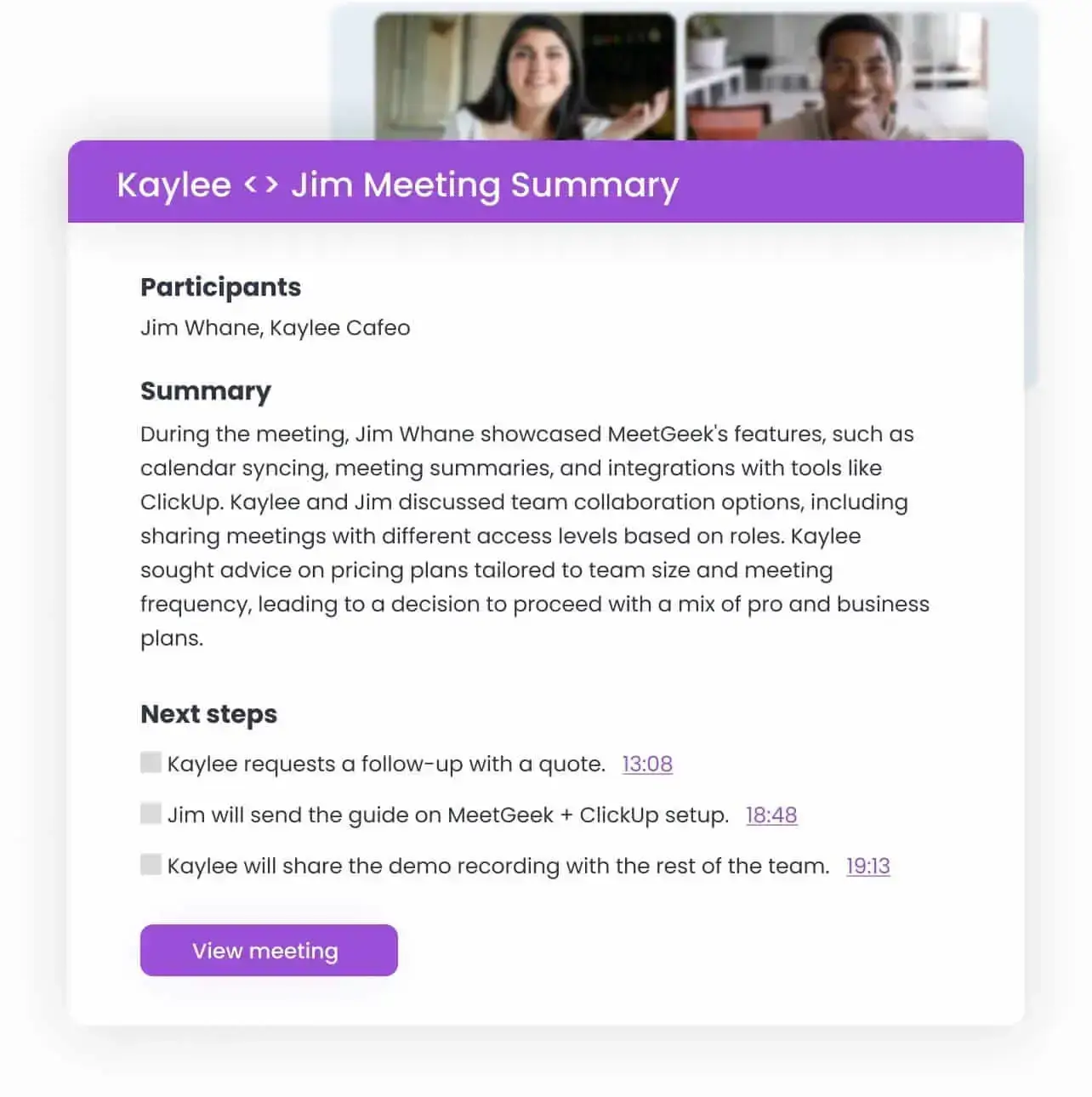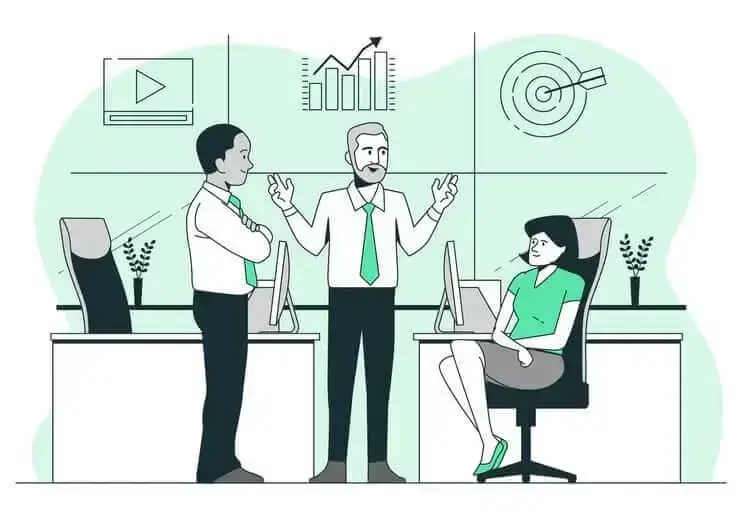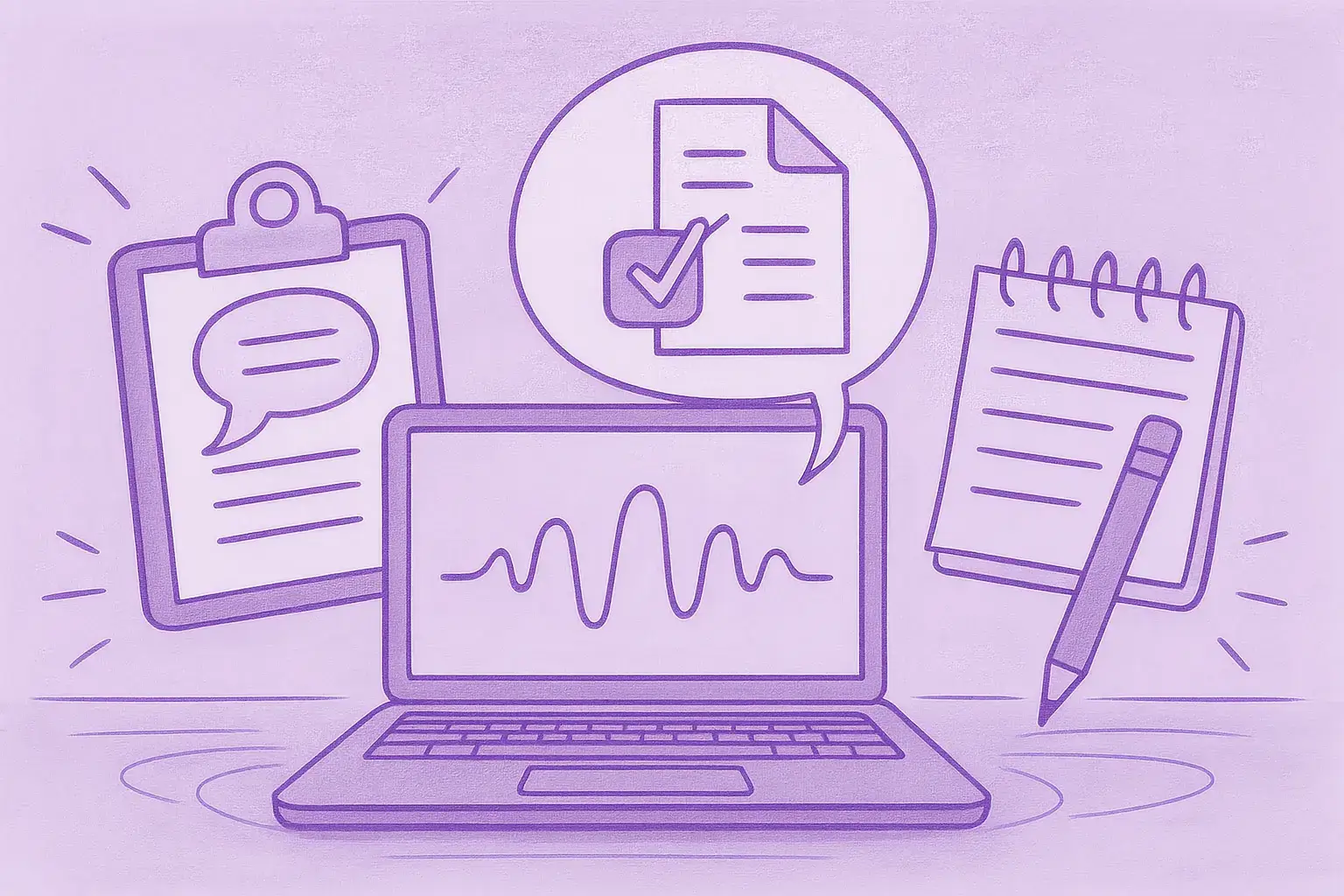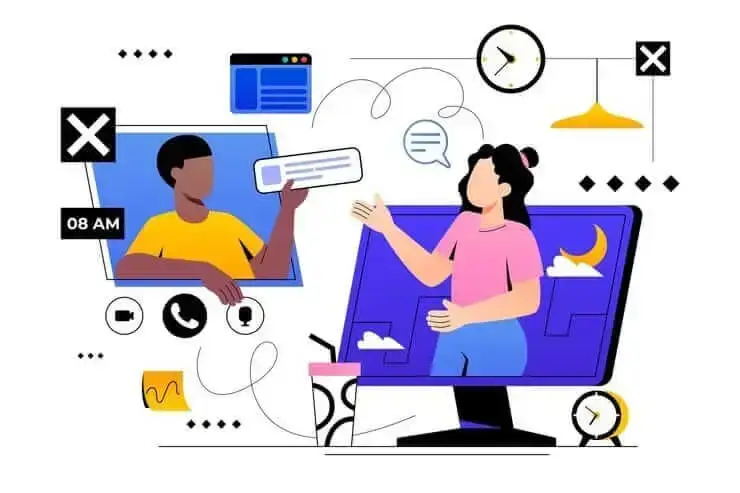9 Tips to Achieve Ultimate Meeting Productivity
Are you tired of being stuck in an endless cycle of unproductive meetings? Follow our 9 tips to help you achieve maximum meeting productivity!

✅ Free meeting recording & transcription
💬 Automated sharing of insights to other tools.

Image Source: senivpetro on Freepik
In terms of meeting productivity, you’ve probably heard the saying “Meetings are where productivity goes to die” more than once.
For most people, team meetings are part of their daily work. But even though meetings are highly valued by organizations, many participants leave feeling like they have lost time and momentum out of their workday. According to Forbes, only half of the meetings turn out to be productive.
What if we told you that this doesn’t have to be the case anymore? Read on to find out how to increase meeting productivity and explore the real benefits of team meetings.
What Is Meeting Productivity?
The productivity level of a meeting can be calculated by comparing its input — time allocated, resources used, and preparations required — to its output or concrete results.
A productive meeting means that the output is greater than the input, whereas, for unproductive meetings, the input is lower than the output.
It's critical to understand the distinction between effectiveness and efficiency. Only because a meeting is efficient — it begins on time, and it’s short and to the point — does not automatically imply that it is effective or that it adds value.
The Secret to Productive Meetings
We already established that the goal of productive meetings is to produce results. A good meeting brings together the right people for a specific purpose, facilitates open dialogue, and generates successful outcomes.
Research shows that there are several key factors that promote productive meetings:
- Meeting design and composition
- Individual actions, interpersonal interactions, and leader behaviors
- Proximal and distal outcomes
1. Meeting Design and Composition
The most important aspects to consider when it comes to meeting design and composition are:
- Meeting Frequency, Variety, and Required Preparation Time: Establish how often you will meet with your team, the topics you will address, and the time you and your team need to set aside in order to prepare for your discussion.
- Creating a Diverse Team: A functionally diverse team means that there will be a wider array of solutions to the existing problems.
- Participants’ Preparedness: Giving team members the possibility to prepare for their role in the meeting ahead of time enhances meeting productivity and quality.
2. Individual Actions, Interpersonal Interactions, and Leader Behaviors
A productive meeting relies heavily on the dynamic between the meeting participants.
Let’s see what that dynamic can look like:
- Individual Actions: Positive social behaviors generate favorable social reactions, thus increasing the objective quality of the meeting.
- Interpersonal Interactions: For instance, group performance can be stimulated through humor; oppositely, meeting productivity can negatively be affected by having complainers seated at the table.
- Leader Behavior: Meeting leaders can encourage employee participation by making meetings more engaging, condensed, and to the point.
3. Proximal and Distal Outcomes
Proximal outcomes are the results that you can expect fairly quickly after your meeting. Distal outcomes take longer to develop. Here are some examples of what to consider in terms of meeting outcomes:
- Proximal Outcomes
E.g.: A good meeting helps an organization establish or adjust its strategic direction.
E.g.: Debriefing sessions aid in creating and sustaining a safe work environment.
- Distal Outcomes
E.g.: Overall job satisfaction is related to meeting satisfaction.
E.g.: The success of an organization can be predicted by positive team interactions in meetings.
9 Tips To Achieve Ultimate Meeting Productivity
Here are our top tips for productive meetings:
- Record Your Virtual Meetings
- Aim for Fewer Meetings
- Set a Meeting Time Limit
- Have a (Good) Meeting Agenda
- Set Tasks and Action Items
- Get All Meeting Participants Involved
- Establish Meeting Ground Rules
- Consider a Walking Meeting
- Create a Smartphone Free Zone
Let’s take a closer look at each one of them!
1. Record Your Virtual Meetings
Recording your meetings can provide accurate details of what was discussed during a meeting, making multiple daily tasks easier for all team members:
- The employees will feel like their opinions are heard and taken into consideration.
- Since the meeting is recorded, there is no need to assign note-takers and spend time writing down information. Instead, you can focus on the discussion.
- Having a written transcript makes creating meeting notes a breeze.
- You can easily share knowledge and catch up on meetings you couldn’t attend.
- Tasks and action items can be extracted directly from conversations.
- Any debates can be settled by simply checking what was discussed.

2. Aim for Fewer Meetings
A lot of companies have a set day and time for meetings. This rigid approach often kills meeting productivity.
Meetings are only as good as their outcomes, and meeting fatigue is real. Before scheduling meetings, ask yourself: ‘Could this meeting be replaced by an email?’ Try to host meetings only when things need to get done, decisions need to be made, or when action plans need to be refined.
3. Set a Meeting Time Limit
How long should your meeting last? It depends on the goal of the meeting; brainstorming sessions will likely take more time than your typical status update meetings.
Remember that time is your most valuable tool, so use it wisely. Don't make the meeting last two hours if it could have been finished in 30 minutes. Regardless of the length, make sure your meeting begins and ends on time, leveraging an employee time clock to track attendance and ensure punctuality.
Being on time for your meetings will not only prove that you value the time of your attendees, but it can also boost productivity.

4. Have a (Good) Meeting Agenda
We cannot stress enough the importance of having a good and clear agenda in place.
Begin writing your meeting agenda by defining the meeting objective. A clear purpose is essential to any productive meeting. Maintaining focus on this throughout the planning process helps prevent clutter and time-wasting digressions.
To maximize productivity, create a focused and actionable agenda. This implies that there won't be much leeway and that the meeting will only cover the items on your agenda.
Be specific about the items you are including, stay away from ambiguous subjects, and raise questions as needed. Share the meeting agenda with all participants before the meeting.
5. Set Tasks and Action Items
Establishing tasks and action items is one of the most important outcomes of a meeting. By creating a clear set of actions and assigning people responsible for their completion, you can ensure that everyone follows through with their tasks and contributes to the overall progress.
To avoid tasks without owners or solutions with no action, it’s essential to have all the details down. Questions like ‘who’, ‘what’, and ‘when’ are crucial for productivity.
6. Get All Meeting Attendees Involved
Encourage all meeting participants to engage in the discussions and the process as a way to boost productivity and ensure proper information exchange.
Here are the three essential roles you need to cover for any meeting:
- The Chair
- The Timekeeper
- The Participants
The Chair
Moderators or facilitators make sure topics are properly covered and are in charge of addressing all agenda items.
The Timekeeper
A timekeeper keeps track of the length of the meeting and how much time is left for each item on the agenda.
The Participants
Only those who can meaningfully contribute should be attending your meetings. To determine who they are, list your meeting topics as questions. Whoever can come up with answers needs a seat at the table.

7. Establish Meeting Ground Rules
Before the meeting even starts, establish some ground rules with your team. Participants should abide by these rules to ensure meetings are efficient, well-run, and respectful.
Based on the requirements of your team and the culture of your organization, you can customize the rules according to your needs. If the rules are broken, as a team leader, you can take remedial measures.
Here are a few meeting ground rules to consider including in your meetings:
- Come prepared
- Be punctual
- Start on a positive note
- Follow the agenda
- Create an inclusive environment
- Be solution-oriented
- Always assume positive intent
8. Consider a Walking Meeting
Walking meetings are exactly what they sound like. Similar to a regular meeting that takes place in a conference room (or online), a walking meeting represents an opportunity for communication, teamwork, discussion, and planning in addition to a few other advantages.
Boosting health and energy levels, bringing the team closer, encouraging team members to foster relationships, and enabling collaboration outside the office walls are just some of the added benefits.
Record Your Next Meeting with MeetGeek, Your Personal Virtual AI Assistant!
An AI assistant should a part of your strategy to increase meeting effectiveness. Recording and transcribing your discussions will make the time spent in meetings more efficient and engaging.
When you transcribe meetings, the knowledge becomes easily shareable. Instead of comparing notes, you can simply get everyone up to speed by going through certain sections of the transcript.
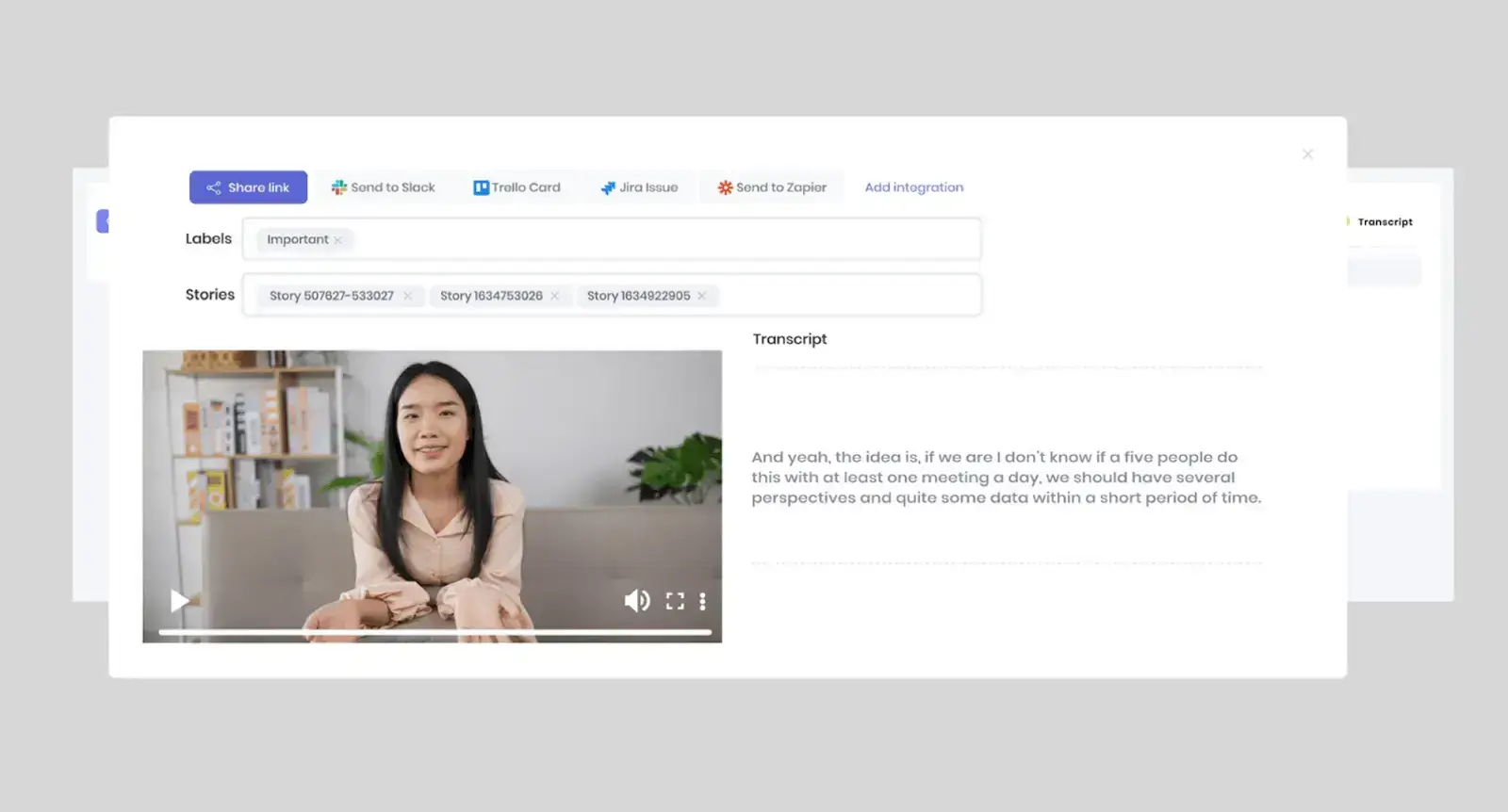
9. Create a Smartphone-Free Zone
Smartphone use in meetings is an annoyance to both meeting organizers and participants. Many people agree it demonstrates a lack of respect for the speaker and their peers, as well as partial or absent participation.
Making the areas where you hold meetings a "smartphone-free zone" and requesting that people leave phones outside can help reduce any potential distractions they may bring, ensuring you have everyone's full attention.
Nearly all meetings in the business world of today are conducted virtually or in a hybrid format. This rule still holds true for people attending from home, even though it might seem counterintuitive, given how much technology is used in meetings today.

Start Having Effective Meetings Today
We know it can be hard to navigate the meeting madness and to start having productive meetings instead. Especially in the context of online/ hybrid meetings, holding meetings can feel overwhelming.
The good news is that if you incorporate our 9 tips in your day-to-day meetings, we can guarantee that you make your team’s productivity levels soar.
If you are ready to make your meetings more efficient, we are happy to assist. Try our smart assistant for free!
.avif)


